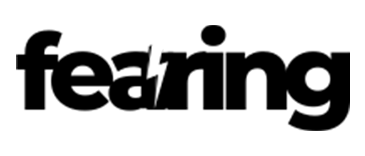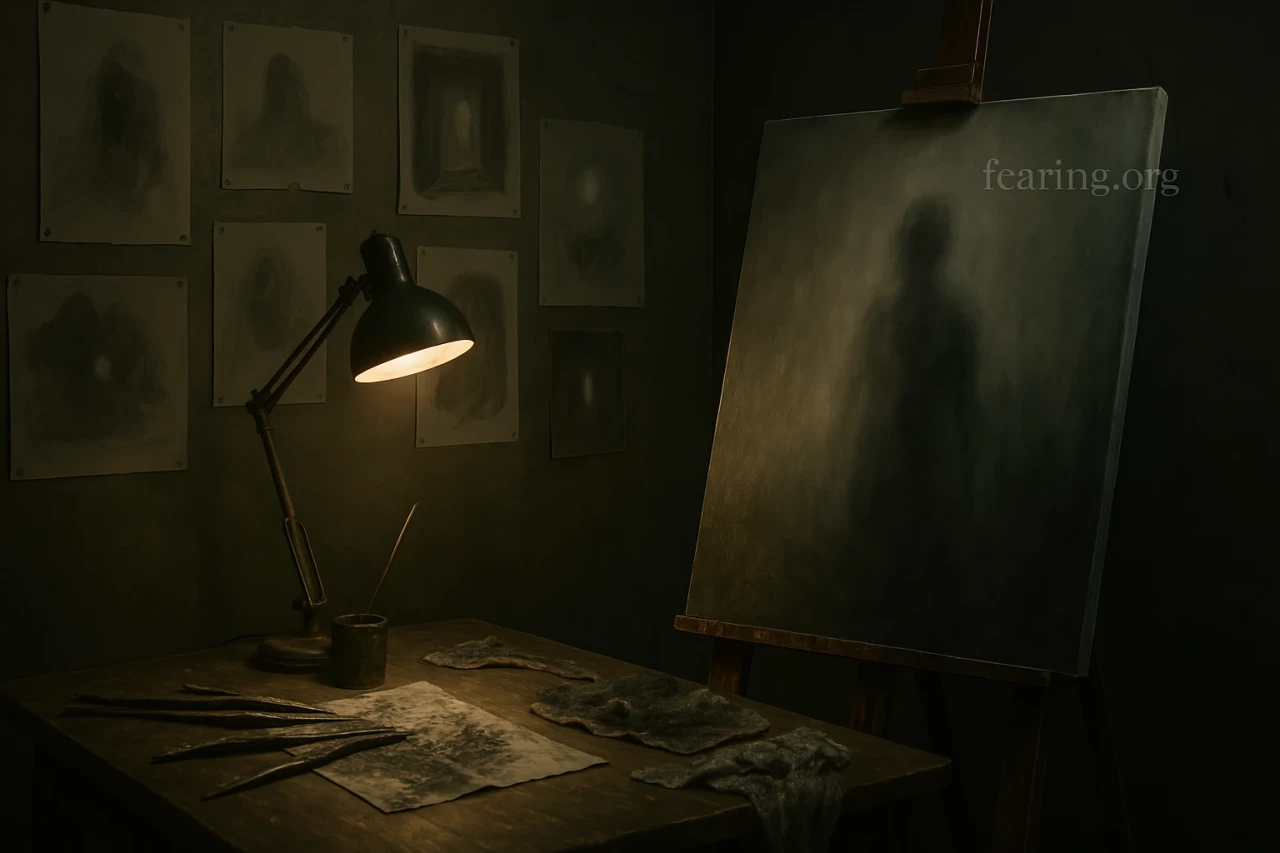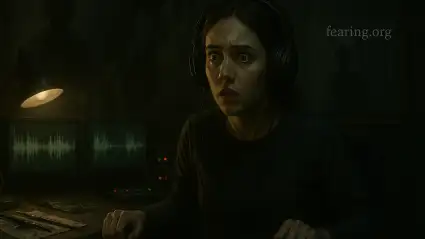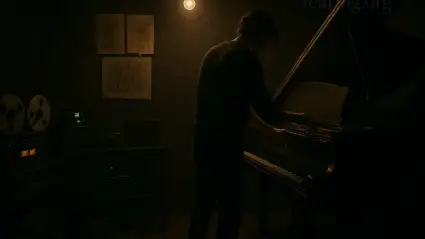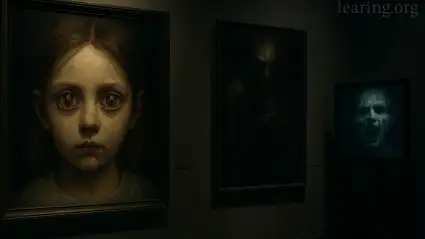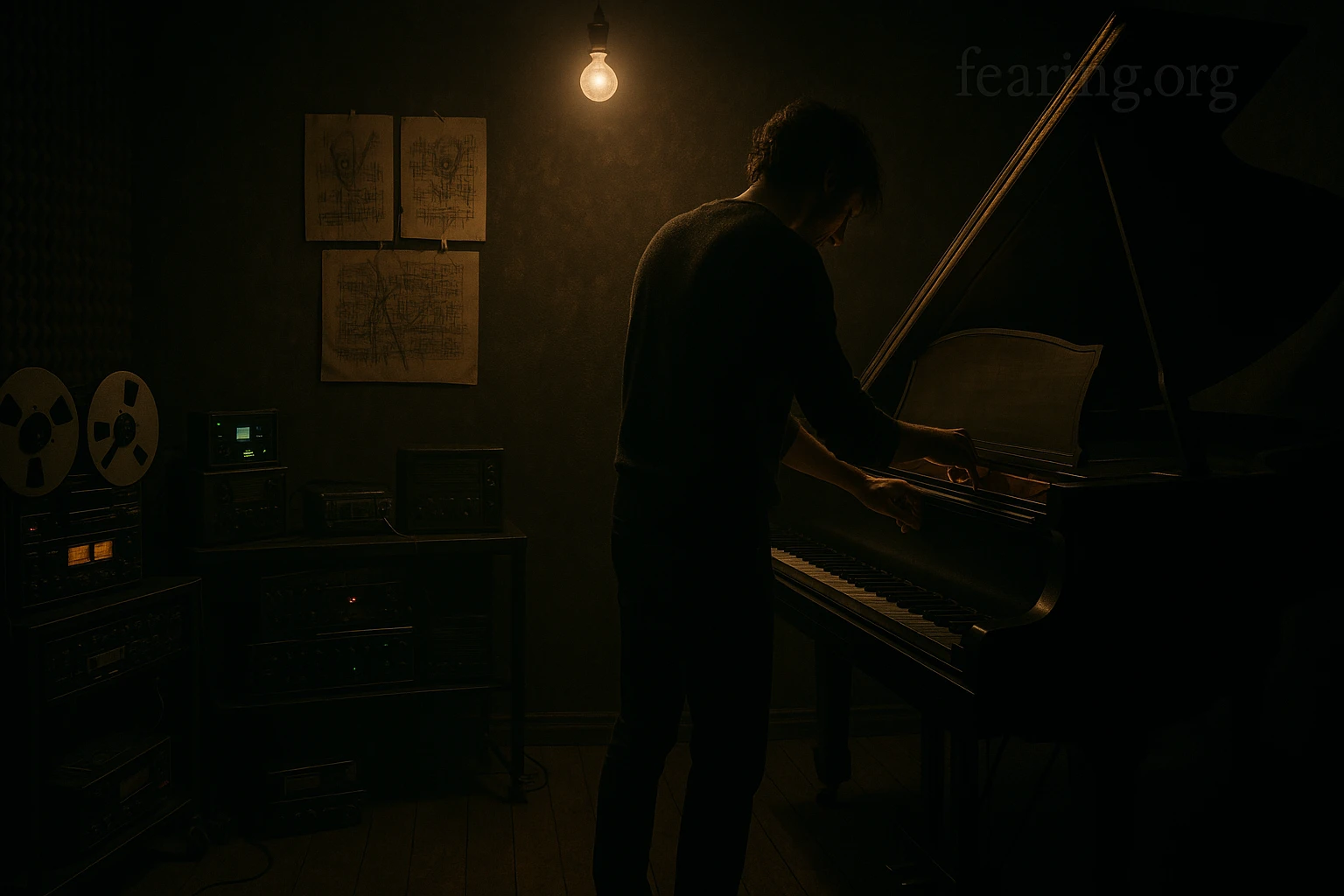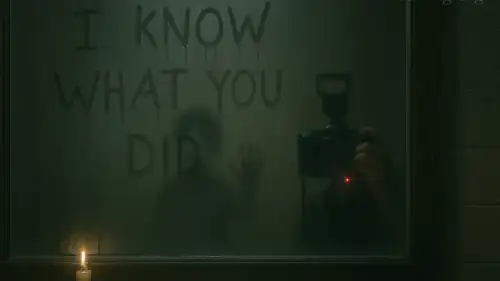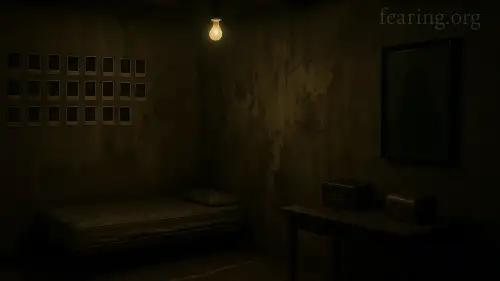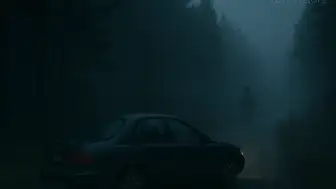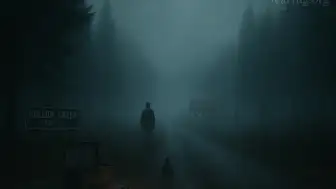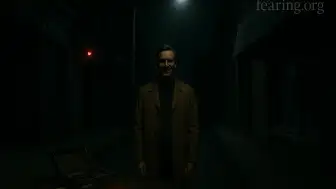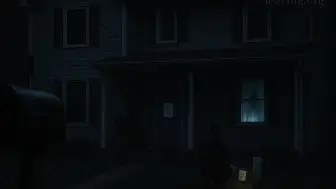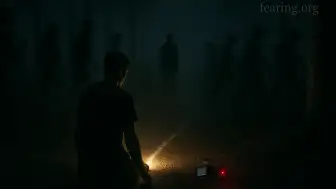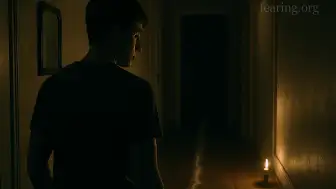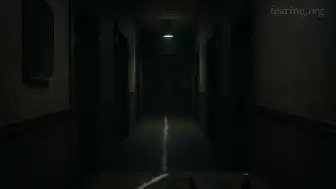The paranormal lives in silence and shadows—but artists give it form. In a world where ghosts aren’t seen with the eye but felt through instinct, how do horror artists capture something so intangible? From traditional mediums to digital nightmares, modern creators have learned to paint the invisible.
"You can’t photograph a ghost—but you can haunt someone with a single image."
This article explores how today’s artists visualize the paranormal: their techniques, inspirations, and how their work reaches beyond the canvas to linger in your mind.
🖤 The Challenge of the Unseen
Unlike zombies or demons, ghosts and spirits often lack a definitive form. This gives horror artists freedom—but also poses a challenge:
How do you draw fear without a face?
What does a presence look like?
Successful paranormal art often blends:
Suggestive abstraction
Negative space
Subtle distortion
The result isn’t always obvious. And that’s the point.
👁️ Suggestion Over Detail
Paranormal visuals thrive on implication
Artists often use faded silhouettes, blurred forms, and ambiguous light sources
The viewer fills in the blanks, making the experience deeply personal
Your imagination does the scaring.
"The ghost you don’t see is always scarier than the one you do."
🎨 Techniques for Evoking the Paranormal
Desaturated color palettes (gray-blues, bone white, shadow black)
Motion blur and ghosting effects
Infrared-inspired overlays and glowing eyes
Floating or levitating figures, often mid-movement
Many artists draw inspiration from:
CCTV footage
Victorian spirit photography
Infrared thermal scans
🧠 Psychological Symbolism
Modern paranormal art often includes subtle symbolism:
Open doorways = spiritual thresholds
Empty chairs = absence
Mirrors = duality, portals
Staircases = transitions between worlds
These visuals are metaphors for grief, guilt, and memory—core ingredients of supernatural horror.
🖼️ Artists Leading the Paranormal Aesthetic
Trevor Henderson
Known for digital horror rooted in found-footage style
Blends paranormal themes with urban legends
Chad Lewis & Tony Oursler
Blend paranormal research with multimedia installations
Oursler’s talking head projections feel both absurd and terrifying
Anna Park & Jennybird Alcantara
Use abstract forms to blur the line between human and spirit
Their work doesn't say "ghost." It says "you’re not alone."
📱 The Rise of Digital Paranormal Art
Platforms like Instagram and DeviantArt host thousands of spectral creators
Artists use:
Glitch effects
VHS filters
AI-generated distortion
The result: a style that feels both modern and ancient, haunting and intimate.
"In a digital age, the ghost lives in pixels."
💡 Why We’re Drawn to These Images
Paranormal art explores what we can’t explain
It gives form to trauma, emptiness, uncertainty
It creates a safe space to feel fear
And more than anything, it whispers a question: What if it’s real?
Modern horror artists aren’t just drawing ghosts. They’re channeling them. Every brushstroke or pixel is a séance. Every distorted shadow is a question you’re afraid to ask.
Because if you see it… maybe it sees you too.
